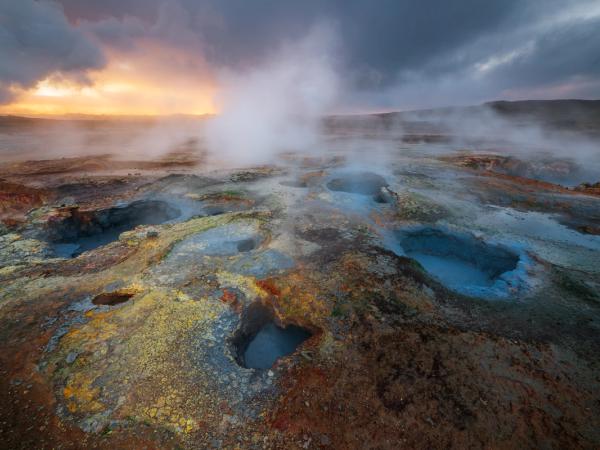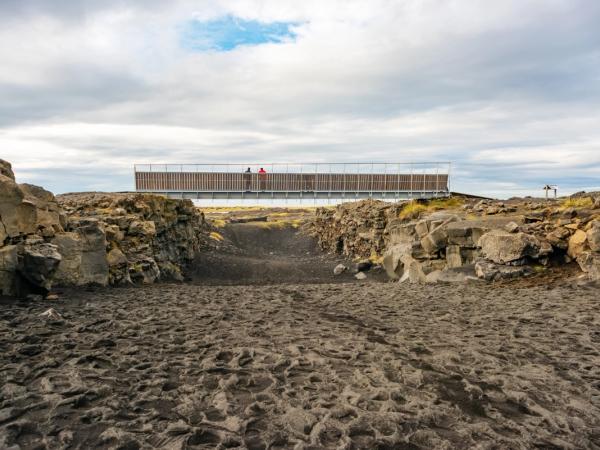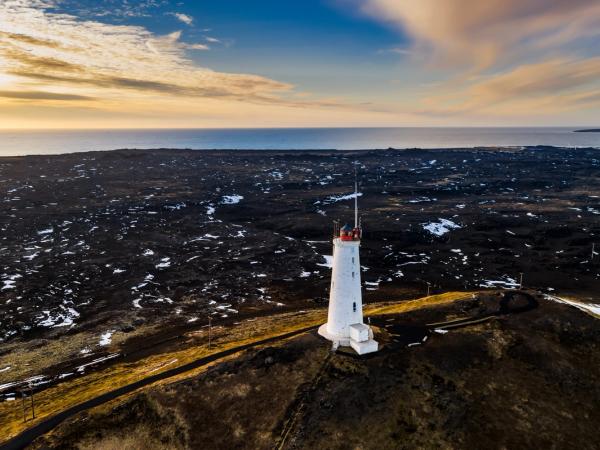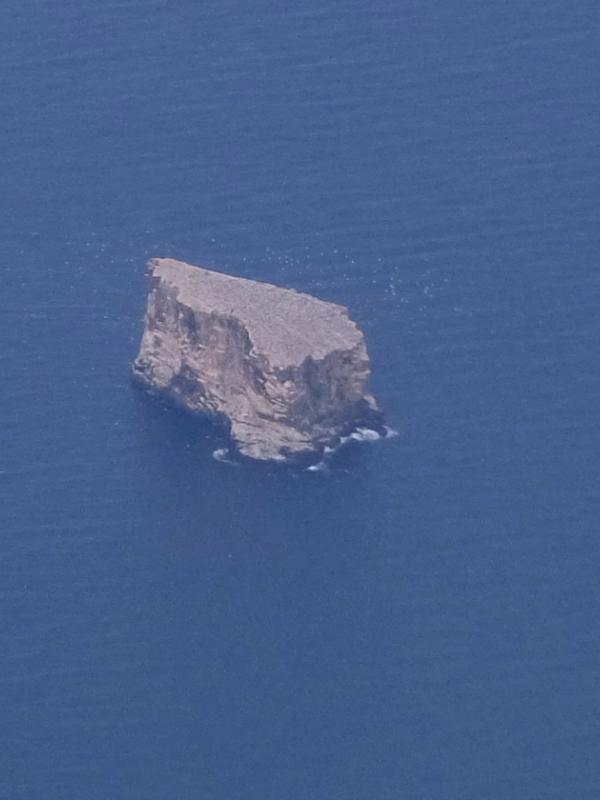
Eldey Island: A Remote Natural Wonder Worth Seeing (From a Distance)
Ever heard of a tiny island that's home to thousands of seabirds, was the site of a famous extinction, and sits on an active volcanic ridge? That's Eldey Island, one of Iceland's most fascinating yet least-visited natural spots.
If you're planning a trip to Iceland and looking for something off the beaten path, Eldey offers a chance to see raw nature while respecting ecological boundaries. Unlike the crowded Blue Lagoon or Golden Circle, this remote sea stack takes some effort to appreciate, but that's part of what makes it special.
What's Eldey Island?
Eldey (meaning "Fire Island" in Icelandic) is a small, uninhabited island about 15 kilometers off Iceland's southwestern coast. It's basically a massive sea stack rising 77 meters above the North Atlantic Ocean with steep, almost vertical cliffs on all sides.
What makes Eldey special is its flat top, which hosts one of the world's largest Northern Gannet colonies: around 16,000 breeding pairs. These white seabirds with yellow heads and blue eyes cover the island's summit, making it look snow-capped from a distance.
Unlike tourist-friendly places, Eldey isn't meant for visitors to set foot on. It's a protected nature reserve, and landing is not allowed without special permission. But you can still appreciate its wild beauty and ecological importance from afar.
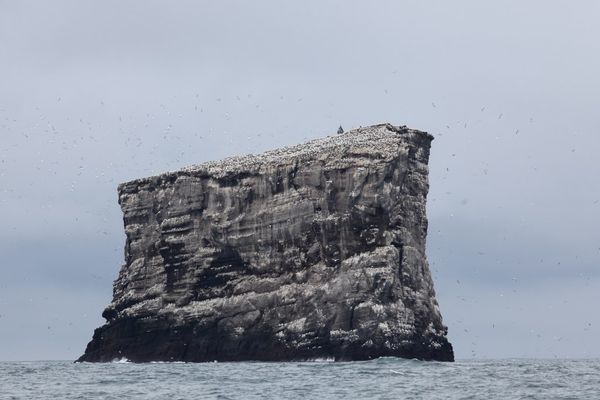
Formation, Geology & History
Eldey sits on the Mid-Atlantic Ridge, where the North American and Eurasian tectonic plates are slowly pulling apart. This explains its volcanic origin: it's actually part of the northernmost section of the Reykjanes Ridge, a submarine volcanic system.
The island is made mainly of basalt and hyaloclastite (volcanic rock formed when lava erupts underwater). British sailors once called it "Count Rock" or "Flour Sack" because of its shape.
Eldey has seen several volcanic episodes throughout history. In 1783, an underwater eruption nearby created a temporary island called Nýey ("New Island"), which was eventually washed away by waves. More recently, in 1926, the northern end of the Eldey ridge erupted, and there have been reports of possible underwater activity as recently as the 1970s.
But Eldey's most notable historical moment came in 1844. The island was the last refuge of the Great Auk (Pinguinus impennis), a flightless seabird similar to penguins. On June 3, 1844, Icelandic fishermen killed the last known breeding pair on Eldey at the request of a collector. This event marked the first documented human-caused extinction of a species and has made Eldey an important symbol for conservation.

Eldey Today
Today, Eldey remains a vital sanctuary for seabirds. Besides the massive gannet colony, the island supports thousands of kittiwakes, guillemots, and other seabirds. Its isolation and protected status have created a safe place for these birds to nest and breed.
The area around Eldey is also seismically active. Recent earthquake swarms have been recorded, including a notable event in May 2025 with over 400 quakes, including a magnitude 5.1 tremor felt across southern Iceland. Though no eruptions have occurred at Eldey itself this year, the Reykjanes Peninsula has seen volcanic activity, highlighting the active nature of this region.
Location & How To Get There
Eldey Island is located in the North Atlantic Ocean, about 15 kilometers southwest of Iceland's Reykjanes Peninsula. Its exact coordinates are 63.7408° N, 22.9580° W. The island is part of a chain of rocks and skerries called the Fuglasker (Bird Skerries) or Eldeyjar (Fire Islands).
Since landing on Eldey is prohibited to protect its bird colonies, there are several ways to observe it from a distance:
From the mainland:
- Drive from Reykjavík (about 45-60 minutes) to the Reykjanes Peninsula via Route 41 to Keflavík, then Route 425 toward Reykjanesviti lighthouse.
- Head to Reykjanesviti lighthouse or climb Valahnúkur hill nearby for the best view.
- On clear days, you'll see Eldey as a small silhouette on the horizon – bring binoculars for a better look.
By boat:
- Book a boat tour from Reykjavík or Grindavík that passes near Eldey.
- These tours focus on marine life and volcanic features of the Reykjanes Ridge, offering views of Eldey from the sea.
- Tours typically cost $60-$150, depending on duration and what's included.
- Most boat tours run from May to August when the seas are calmer.
By air:
- Helicopter or small plane tours from Reykjavík Domestic Airport provide aerial views of Eldey.
- These flights take about 15-20 minutes to reach Eldey and cost around $450 per person for 1-2 hour tours.
- Aerial tours offer the best perspective of the island's isolation and the gannet colony.
Via webcam:
- Two webcams installed on Eldey in 2008 stream live footage of the gannet colony.
- Access these feeds via http://www.eldey.is for free, year-round viewing.
- This option is ideal for those who cannot visit Iceland or are unable to do so due to bad weather.
Things to do at Eldey
Since direct access to Eldey is restricted, activities are limited to observation and learning. Here are the best ways to experience this unique natural landmark:
Wildlife Watching
Eldey's main attraction is its bird life. The Northern Gannet colony is especially impressive during breeding season (April to August). These large seabirds with their distinctive diving behavior are fascinating to watch.
From a boat tour, you might see gannets plunging from heights of up to 40 meters to catch fish. With good binoculars or a camera with a telephoto lens, you can observe their courtship displays in spring or watch fledglings preparing to leave the nest in late summer.
The webcams provide close-up views of the birds' behavior without disturbing them. It's a great way to see details of their nests, which are made from seaweed, grass, and guano, though recent monitoring has shown concerning amounts of plastic debris being incorporated into their nests.
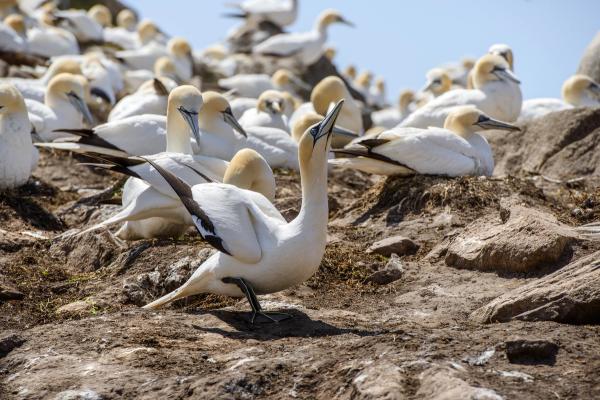
Photography
Eldey makes a striking photography subject. Its silhouette against the ocean backdrop is particularly dramatic at sunrise or sunset. Capture the island from:
- Reykjanes Peninsula viewpoints on clear days
- Boat tours for sea-level perspectives
- Aerial tours for overhead angles
For best results, bring a telephoto lens and polarizing filters to reduce ocean glare. Summer's long daylight hours (up to 20 hours) give you plenty of time to get the perfect shot.
Learn About the Great Auk
The extinction of the Great Auk on Eldey in 1844 is a significant chapter in conservation history. Visit the bronze Great Auk Memorial statue on the Reykjanes Peninsula, which faces toward Eldey Island. Created by artist Todd McGrain as part of the "Lost Bird Project," this life-sized sculpture commemorates the lost species.
You can also learn more about the Great Auk at museums in Reykjavík, where specimens and historical information help tell the story of this once-abundant seabird and its end.

Explore the Reykjanes Peninsula
Since Eldey is best viewed from the Reykjanes Peninsula, combine your trip with an exploration of this geologically active area. Visit:
- Gunnuhver hot springs with their bubbling mud pools
- The Bridge Between Continents, where you can walk between tectonic plates
- Reykjanesviti, Iceland's oldest lighthouse
- Blue Lagoon, the famous geothermal spa
These attractions provide context for understanding Eldey's volcanic origins and the forces that shaped this region.
Virtual Exploration
If you can't make it to Iceland or face bad weather, the webcams on Eldey offer real-time views of the gannet colony. Combined with online resources about Iceland's geology and wildlife, they provide a comprehensive virtual experience.
The webcams are especially active during breeding season (April-August) when the gannets are busy building nests, incubating eggs, and raising chicks. They also capture weather patterns and occasional signs of seismic activity.
Weather & Best Time to Visit
Iceland's weather changes often, and conditions around Eldey can be harsh. Here's what to expect during different seasons:
Spring (April-June):
- Temperatures range from 3°C to 9°C (37°F to 48°F)
- Rain is common, but snow becomes less frequent
- Winds moderate to 4-5 m/s on average
- Daylight increases rapidly, reaching 20 hours by June
- Gannets and other seabirds are active during the breeding season
- Good time for boat tours, though the seas can still be rough
Summer (July-August):
- Temperatures from 10°C to 15°C (50°F to 59°F)
- Light drizzle rather than heavy rain
- Lower winds (3-4 m/s) and calmer seas
- Nearly continuous daylight
- Peak season for boat tours and bird watching
- Best time for clear views of Eldey from the mainland
Fall (September-November):
- Temperatures from 5°C to 10°C (41°F to 50°F)
- Increased rainfall, with October being the wettest month
- Winds intensify (5-6 m/s)
- Daylight decreases from 13 to 8 hours
- Fewer tourists but less predictable weather
- Boat tours become less frequent due to rough seas
Winter (December-March):
- Cold temperatures between -2°C and 3°C (28°F to 37°F)
- Frequent snow, hail, and rain
- Strong winds (6.4 m/s average, up to 18 m/s)
- Limited daylight (4-8 hours)
- Few boat tours operate
- Potential for Northern Lights viewing from the mainland
For the best chance of seeing Eldey clearly, visit during summer when the weather is more stable and daylight hours are long. However, spring offers excellent wildlife viewing as birds are most active during nesting season.
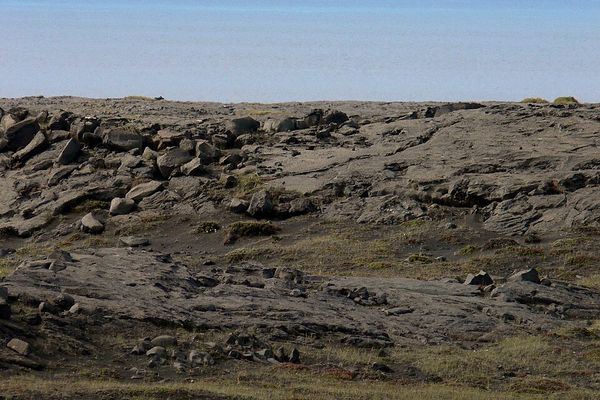
Practical Tips
If you're planning to include Eldey in your Iceland itinerary, keep these tips in mind:
- Check the weather forecast before heading to viewing points. Fog, rain, or snow can completely hide the island.
- Bring binoculars or a spotting scope for mainland viewing: Eldey is 15 km offshore and looks small to the naked eye.
- Dress in layers with waterproof and windproof outer garments, regardless of the season. The Reykjanes coast is exposed and windy.
- Take seasickness medication if you're prone to motion sickness and planning a boat tour.
- Book tours in advance during the summer high season when they can fill up quickly.
- Monitor seismic activity if you're visiting the Reykjanes Peninsula, as the area experiences occasional earthquake swarms.
- Respect wildlife guidelines when observing birds, keeping noise to a minimum, and following tour operators' instructions.
- Check webcams before your trip to get a sense of current conditions and bird activity.
Conclusion
Eldey Island represents a balance of natural wonder and conservation ethics. Unlike many tourist destinations, it asks us to appreciate its beauty from afar, a reminder that some of Earth's most special places are best left undisturbed.
Whether you glimpse its silhouette from the Reykjanes coast, observe it during a boat tour, or explore it virtually through webcams, Eldey offers a connection to Iceland's volcanic past and a window into the lives of thousands of seabirds.

